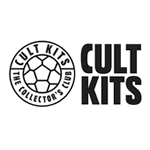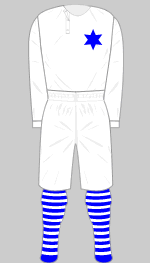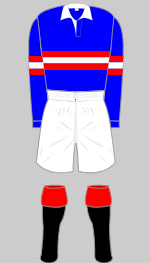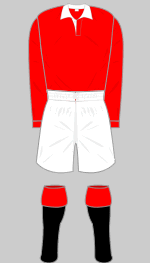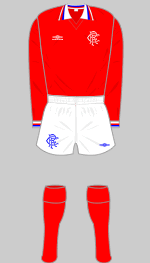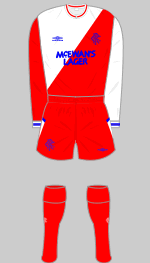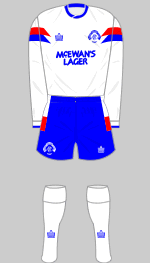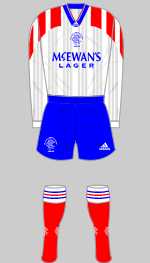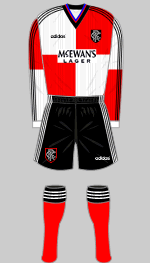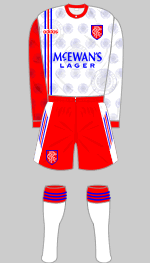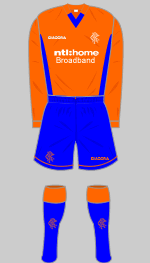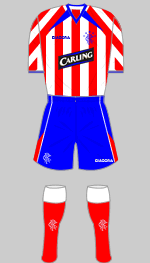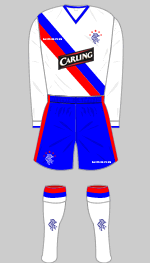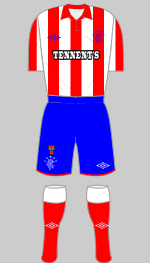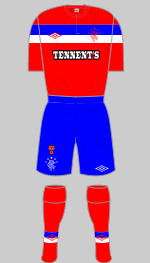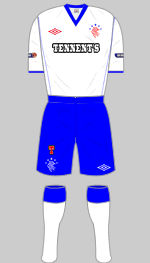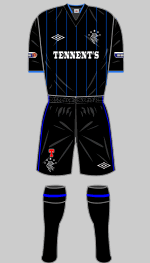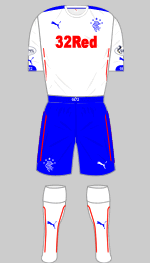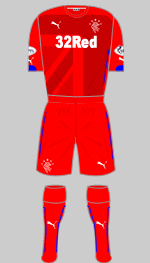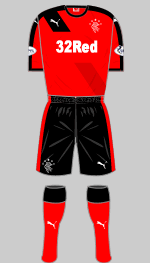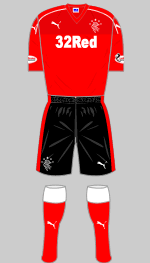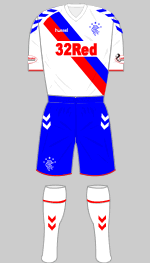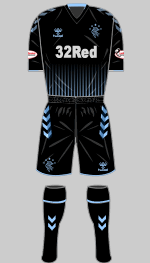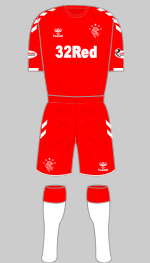Kit History

1888-1889 A
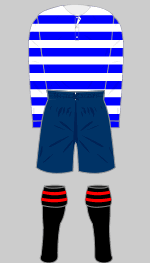
1907-1911 A
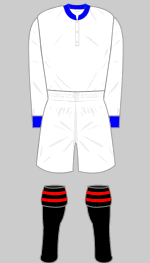
1911-1912 A
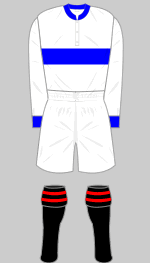
1912-1913 A
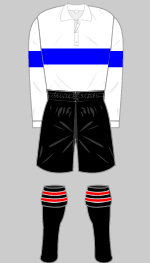
1913-1915 A
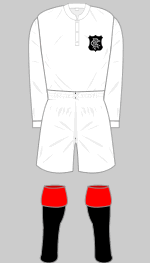
1915-1916 A
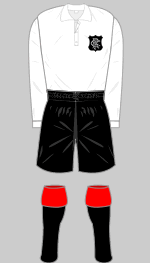
1916-1918 A
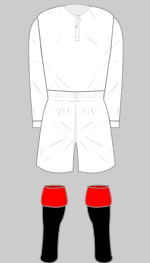
1920-1921 A 1
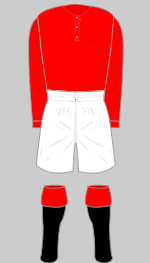
1920-1921 A 2
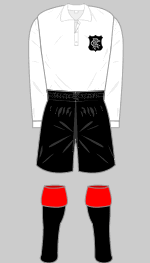
1921-1923 A
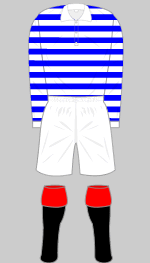
May 1923 A
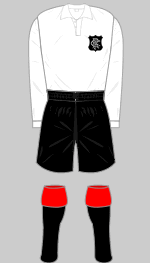
1923-1932 A
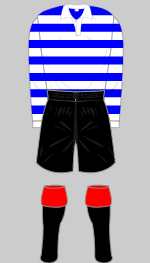
1930-1934 3rd
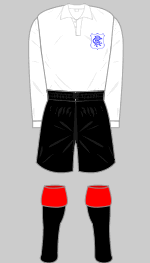
1933-1934 A
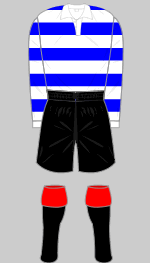
1934-1937 A
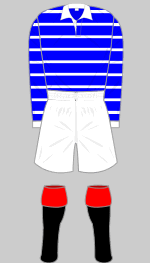
1937-1949 A
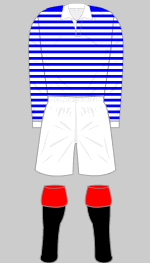
1949-1950 A
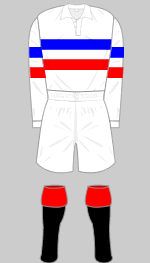
1954-1958 alt
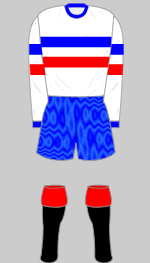
1958-1959 alt
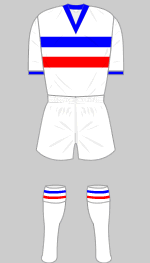
1959-1961
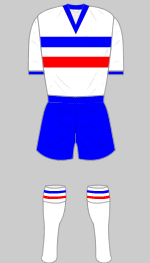
1959-1961 A alt
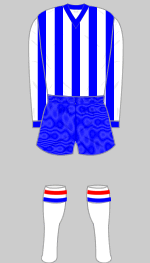
1961 ECWC Final
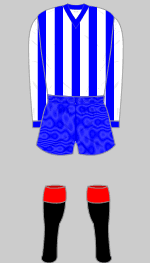
1961-1965 A
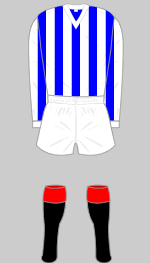
1965-1968 A
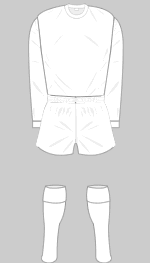
1964-1968 3rd
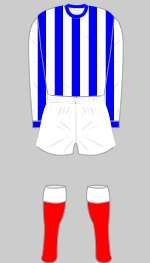
1968-1971 A

1968-Jan 69 3rd
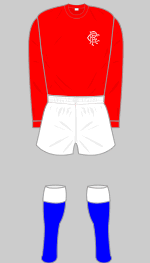
Feb 69-1973 A
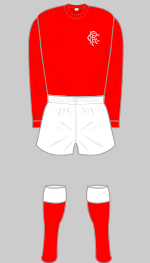
1973-1974 A
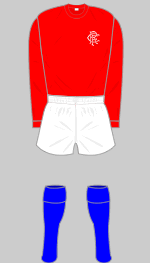
1974-1975 A
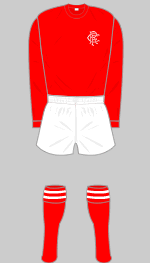
1975-1976 A
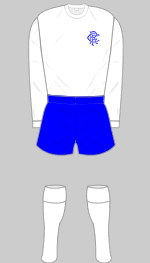
1975-1976 3rd
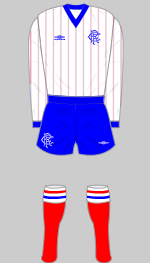
1982-Aug 84 A
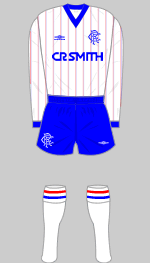
Sept 84-1985 A
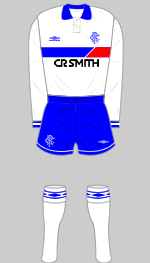
1985-1987 A
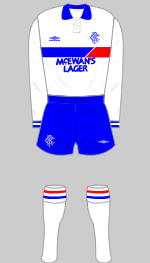
1987-Nov 88 A
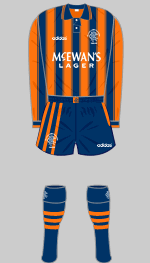
1993-1994 A
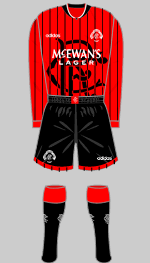
1994-1995 A
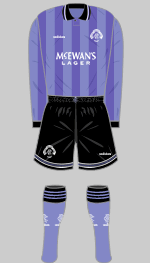
1994-1995 Eur
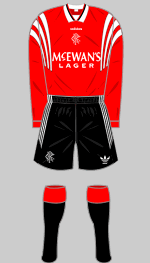
1996-1997 3rd
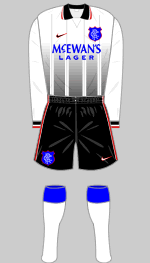
1997-1998 A
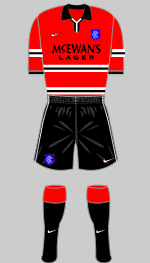
1997-1998 3rd
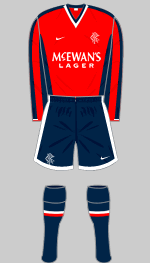
1998-1999 A
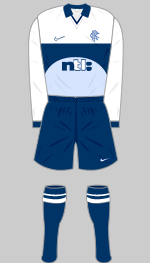
1999-2000 A
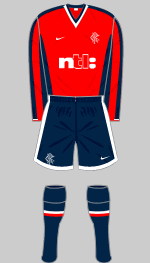
1999-2000 3rd
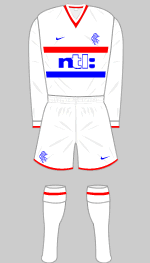
2000-2001 A

2000-2002 3rd
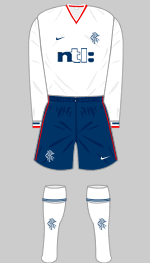
2001-2002 A
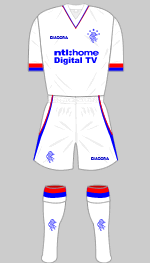
2002-2003 3rd
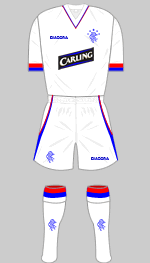
2003-2004 3rd
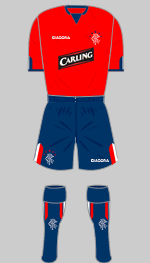
2004-2005 3rd

2005-2006 A
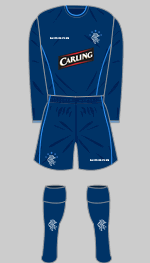
2005-2006 3rd
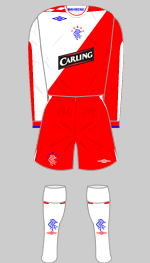
2006-2007 A
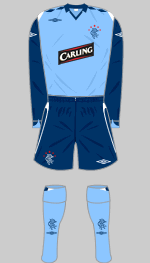
2006-2007 3rd
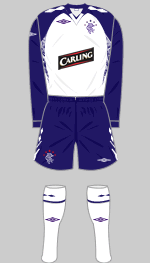
2007-2008 A
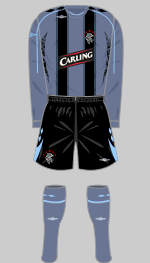
2007-2008 3rd
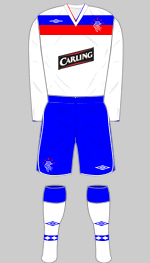
2008-2009 A
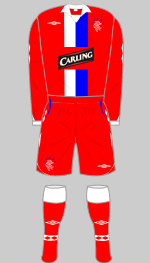
2008-2009 3rd
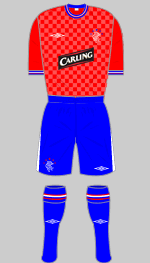
2009-2010 A
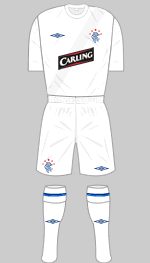
2009-2010 3rd
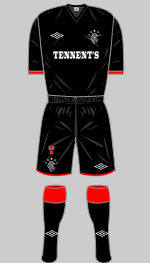
2010-2011 3rd
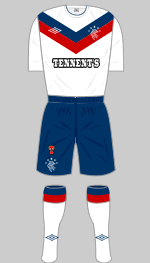
2011-2012 3rd
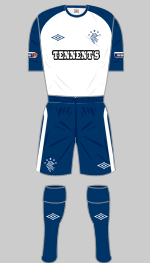
2012-2013 Training
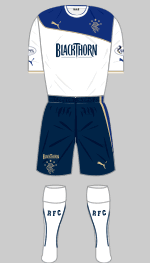
2013-2014 A
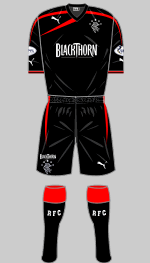
2013-2014 3rd
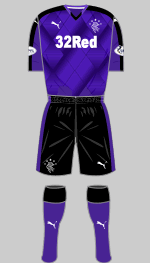
2015-2016 3rd
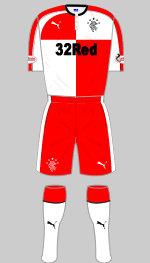
2016-2017 A
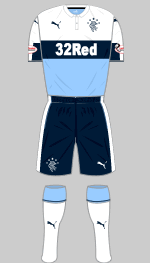
2016-2017 3rd
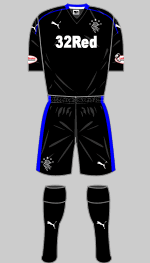
2017-2018 3rd
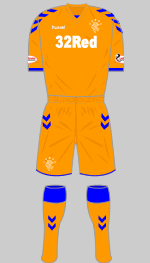
2018-2019 3rd
Background
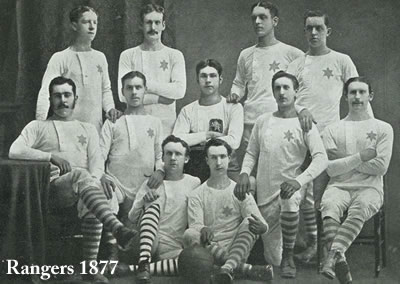 The first pictorial evidence we have of Rangers wearing a change kit comes from 1877 (see photo left). The white jerseys carry a six-pointed star and are believed to belong to a rowing club that several Rangers' players were members of. Also of interest are the elegant hooped hose, probably made of cotton and much lighter in manufacture than the thick woolen stockings that became standard in the 1880s. This outfit was worn in the Scottish Cup Final against Vale of Leven.
The first pictorial evidence we have of Rangers wearing a change kit comes from 1877 (see photo left). The white jerseys carry a six-pointed star and are believed to belong to a rowing club that several Rangers' players were members of. Also of interest are the elegant hooped hose, probably made of cotton and much lighter in manufacture than the thick woolen stockings that became standard in the 1880s. This outfit was worn in the Scottish Cup Final against Vale of Leven.
White or blue and white shirts became Ranger's standard alternative (although red tops seem to have appeared in 1920-21.) Curiously the club's monogram crest often appeared during the inter-war years even though it never featured on the first choice tops until 1968.
In March 1950 Rangers needed three matches to get past Raith Rovers in the Scottish League Cup weariong an unusual change shirt that was identical to their normal first chice shirt with the addition of red/white/red bands around the torso and sleeves. This appeared twice more in April and again in the Scottish League Cup final in October 1951 after which red shirts became the preferred alternative. In 1954-55 white shirts with red/white/blue bands were used for floodlit games and these gradually replaced the red tops as the team's preferred change strip.
In 1961 Rangers reached the European Cup Winners' Cup final for the first time. Because of a colour clash with Fiorentina's violet tops, the Scots wore a new strip of blue/white stripes with shiny blue shorts. This became their regular alternative and was worn with both blue and white shorts although a plain white strip was sometimes used under floodlights. Thw white outfit made its first domestic appearance in daylight against Falkirk on 3 April 1964. From 1971 plain red shirts adorned with the Rangers' monogram were used when colours clashed, usually with the first choice socks.
When in 1978 Umbro introduced their smart blue home shirts with white collars, trimmed in red and blue, they produced a red version as well. Between 1982 and 1992 the team's change kits were basically white shirts with blue shorts trimmed with red although the 1987-88 strip, diagonal red and white halved tops with black shorts, broke the mould.
Given the pressure to disassociate the Old Firm clubs from their sectarian pasts that gathered momentum in the 1990s, the decision to adopt an orange and navy blue change kit in 1993 might be considered insensitive (given the obvious associations with the Orange Order) but over the next five seasons the team wore "neutral" red, white and black strips.
In the new millenium most change kits have involved a reworking of Rangers' traditional blue, white and red colours with white predominant, with a couple of interesting third kits in different colours.
After Rangers went into meltdown in 2012 and were admitted to the Scottish Third Division, the team started the season without an away strip and wore their training kit in their opening SFL match at Peterhead instead of the new black third kit that was due to be launched in that game.
Sources
Rangers Home Kits- A = Away (change) kit
- 3rd = Third choice kit
- alt = Alternate kit
- eur = European Change Kit



